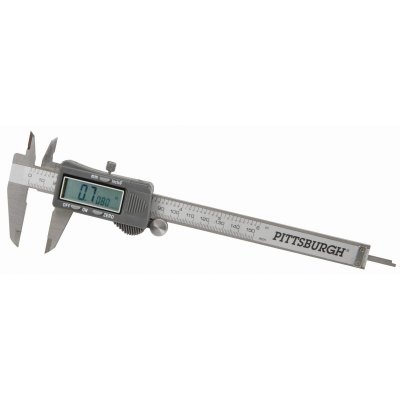Nope. The threads of all "1/2" pipes match and the outside diameter of the thread matches closely to the pipe's outside wall diameter. Net, if the pipe needs to withstand higher than standard pressure at same nominal size, the wall gets thicker such that the pipe I.D. gets smaller & its flow capacity is reduced at that same nominal size.
Scroll down this chart that shows the I.D. being reduced for higher pressure ratings at the same nominal pipe size.
https://ipspipe.com/wp-content/uploads/2015/06/Pipe_pressure_rating.pdf
Note that if you want about the same I.D. as 1/8" Standard Schedule 40 pressure rated pipe you need 1/2" Double Extra Strong Pipe.
1/2" Std. Pipe has about same I.D. as 1" Dble Ex Strg.


